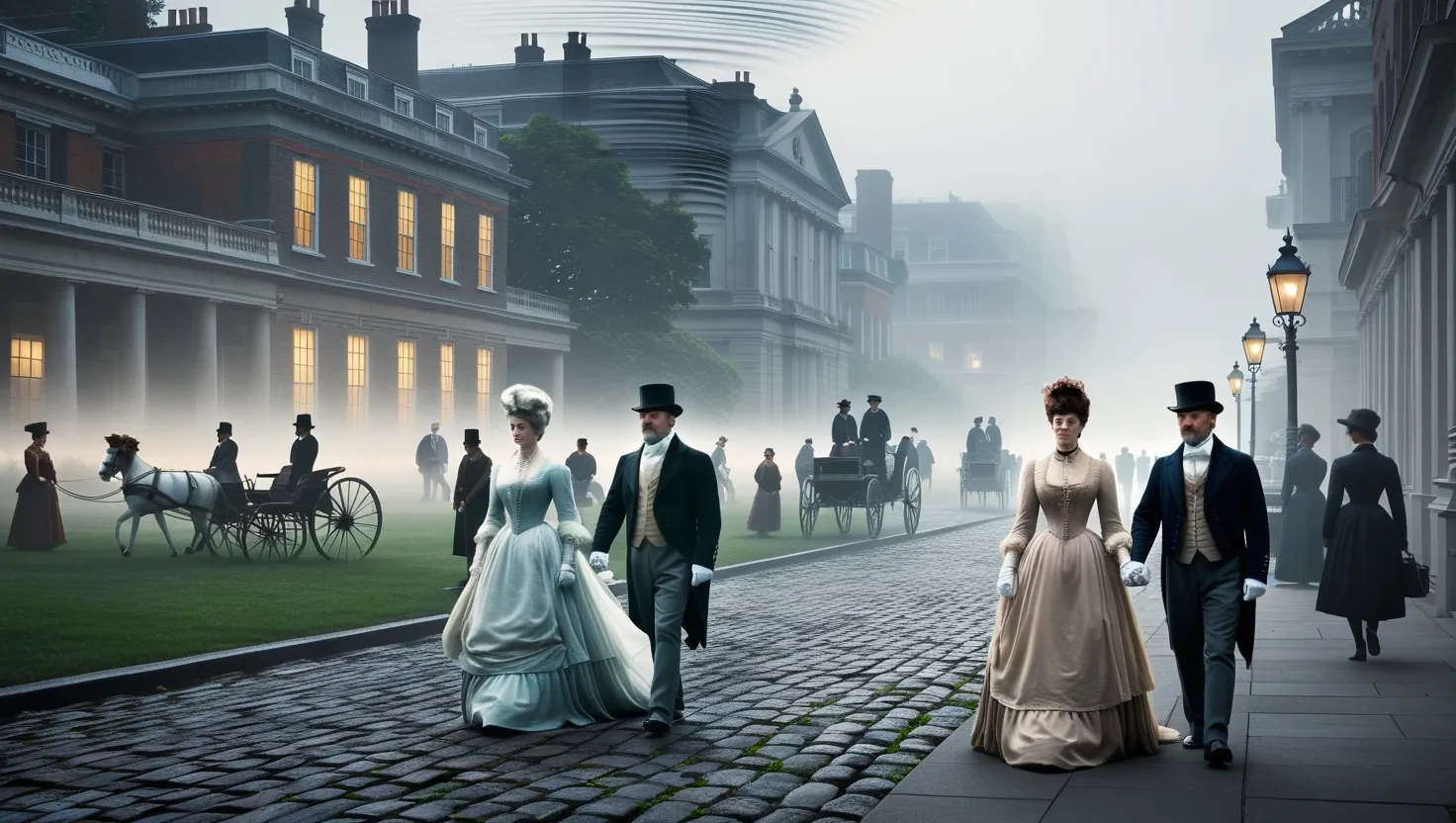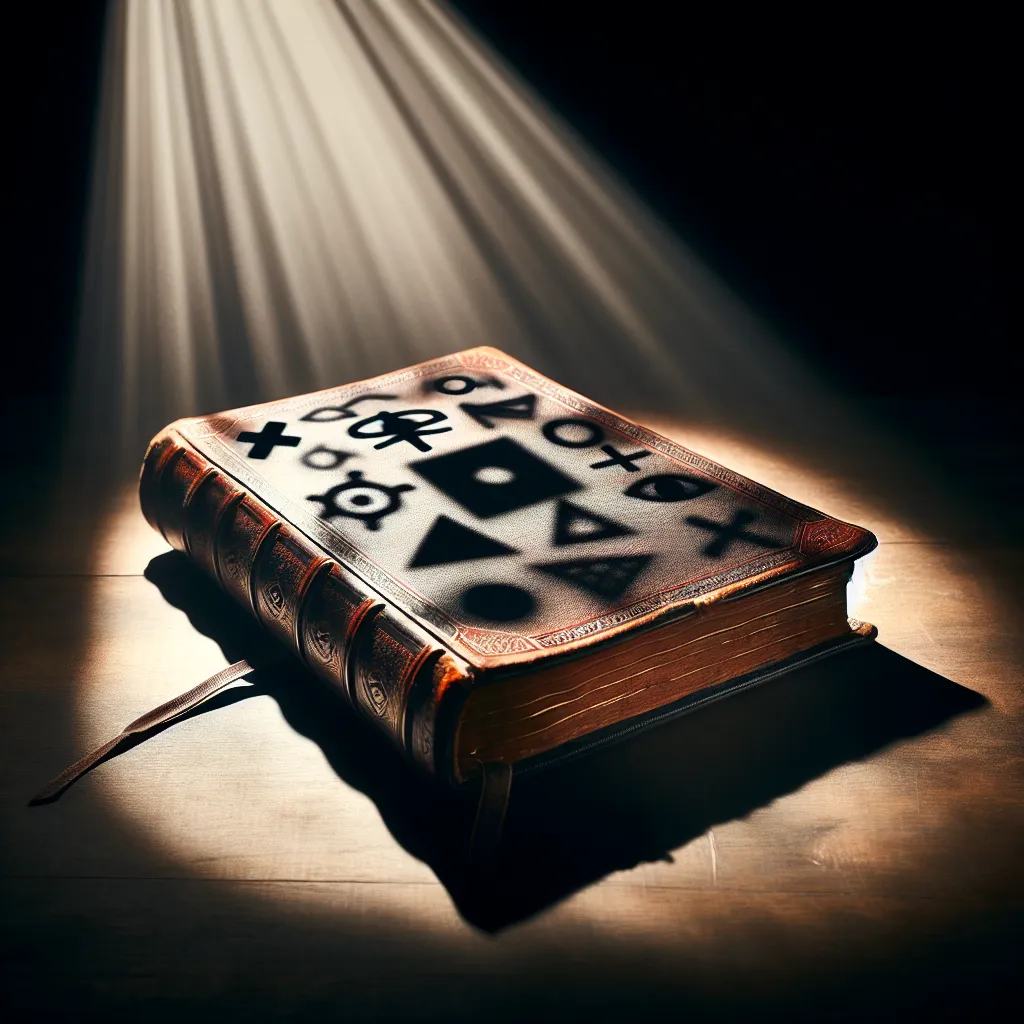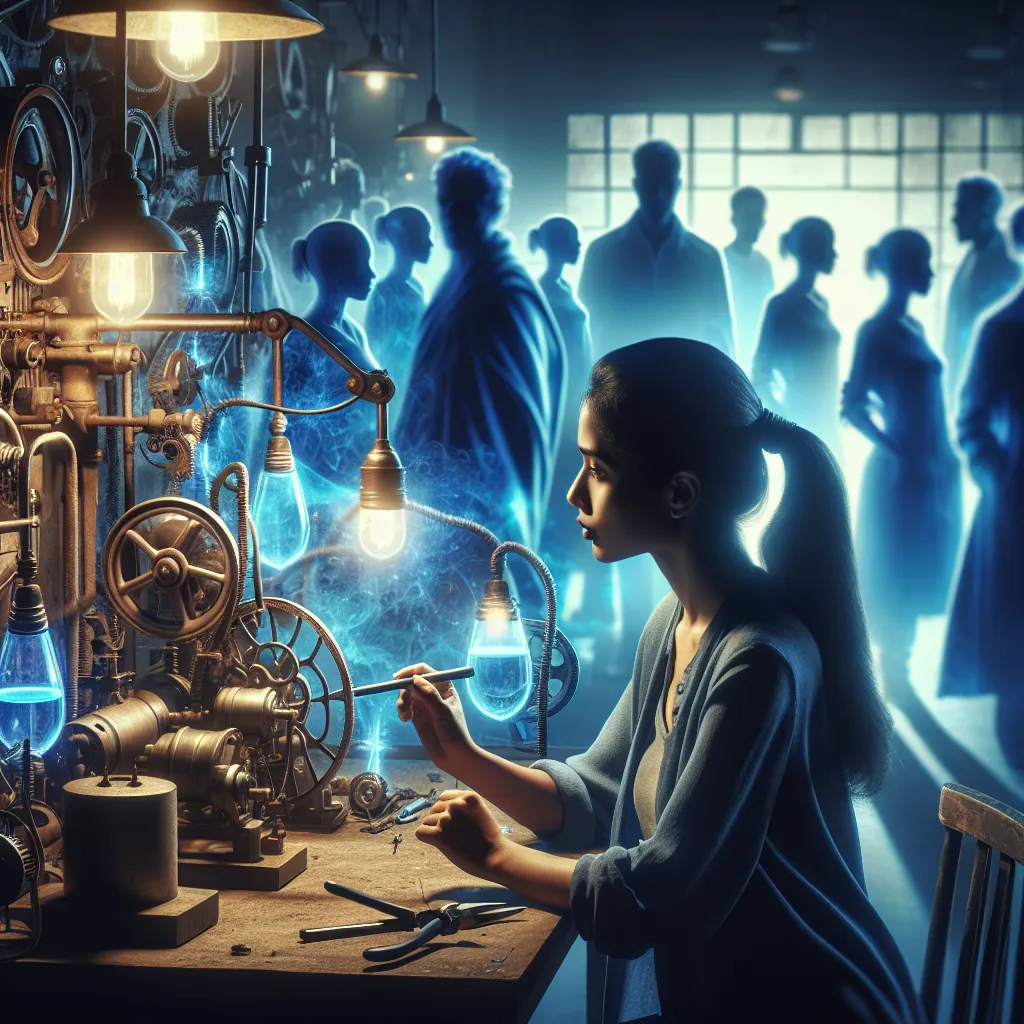I’ve always thought of time as the great constant—a river pulling us endlessly forward, immune to the reach of human hands. We set our watches, plan our futures, and reminisce about the past, all while trusting that the rules of time are simple and inviolable. But what if they’re not? What if every so often the gears slip, and for a moment someone is swept outside the usual flow—a flash of history, a foot in the future, a world where yesterday and tomorrow dance side by side?
That’s what makes time slips so unnerving. They’re not just campfire tales or movie scripts. They’re reported with careful detail, often by people with every reason not to believe. Over the years, I’ve come back again and again to certain stories—those that refuse to evaporate under scrutiny, even as physicists tighten their grasp on the boundaries of space and time. Here are seven of the most persistently perplexing.
Let’s start in the summer heat of 1901, in the immaculately groomed gardens of Versailles. Two English academics, Anne Moberly and Eleanor Jourdain, quite rational by all accounts, took an afternoon stroll that turned strange. They reported encountering scenes so vivid, so saturated with 18th-century detail, that their account reads less like a vision and more like an accidental field trip. Faces, clothing, the odd tension in the air, the arrangement of the gardens—details later matched against historical records. Historians, upon review, found the women had described people and features long gone but accurately documented. Could these women, standing beneath the same sun as us, really have walked into the echo of Marie Antoinette’s world?
“Time is what keeps everything from happening at once.” — Ray Cummings
I’ve often wondered, if time can ripple open in a Parisian garden, might it split anywhere? Liverpool’s Bold Street seems a good candidate. Over decades, at least a dozen reports have come from everyday people claiming to suddenly see horse-drawn carts, shop signs written in archaic lettering, and locals in Victorian dress, all while standing in the heart of a modern shopping district. These witnesses typically describe confusion and a sensory sharpness—smells, sounds, even the grit of old cobblestones beneath their feet. Sometimes, shoppers from the ‘past’ seem just as startled, glimpsing the interlopers before everything snaps back. Skeptics argue these are hallucinations. Yet the sheer number and consistency of such stories have prompted even the local police to take pause.
But it’s not just civilians who stumble into these anomalies. In the 1980s, near Denmark’s Dybbøl Mill—site of infamous 19th-century battles—soldiers on a training mission reported something they couldn’t explain. After cresting a hill, they encountered a small group of men in muddy, tattered uniforms, speaking Danish and German, and bearing muskets. The soldiers observed them for nearly a minute before the scene shimmered and vanished, leaving nothing but empty earth and wind. Later, the uniforms and insignias were identified as matching those worn in 1864, right down to regimental pins. Had the past replayed itself, or had the observers fallen momentarily outside their own timeline? Why do so many of these incidents cluster around sites of trauma or intense emotion?
“Time, which changes people, does not alter the image we have retained of them.” — Marcel Proust
Sometimes, it’s sound that bends the rules. Gettysburg battlefield is legendary for its unexplained phenomena, but the parade of phantom footsteps reported by park rangers stands out. These events aren’t random: The sounds—boots crunching, shouted orders, bugle calls—correspond to troop movements mapped in Civil War records, down to precise locations and times of day. The rangers, trained to dismiss legends and stick to facts, have nonetheless logged these incidents because the details match history too exactly to ignore. Some have tried to record the events, though so far, the only thing captured remains the testimony itself, eerily consistent across generations.
Then there’s Montreal’s vanishing tram, an event that fascinates urban historians. In the 1940s, several people in the city center saw a faded, old-fashioned streetcar glide around a corner and vanish. It bore the number of a line discontinued decades before, and the conductor wore a style of uniform unseen since the 1890s. Those who chased it found only empty rails. Transit officials confirmed the details: that number and that route had existed, but there was no rolling stock left from that era, not even for historical display. What makes this account more intriguing is that it preceded the city’s major push to demolish its Victorian infrastructure—raising the question: If the memory of a city is imprinted on its streets, can it ever fully fade?
Photography sometimes offers a strange form of evidence. In the 1950s, families visiting London’s Kew Gardens reported seeing, even photographing, groups of picnickers in Edwardian attire. Unlike modern reenactments, no records existed of costumed public events on those dates, and the picnickers themselves appeared only in certain angles or frames—ghostly, out of time, yet physically present. Experts later verified that not only did the clothing match the Edwardian period, but even the brands of food and accessories matched England’s pre-World War I consumer landscape. Did these families glimpse another timeline? Or did the park itself, layered with countless memories, briefly let the past bleed through?
“Time is a created thing. To say ‘I don’t have time’ is like saying, ‘I don’t want to.’” — Lao Tzu
If all this sounds like the stuff of unreliable senses, consider the Greenwich Time Shift of 1997, where instrument readings took center stage. A physics team, conducting standard clock synchronization experiments within the Royal Observatory, began to pick up localized anomalies: atomic clocks within meters of each other recorded inexplicable discrepancies, seconds lost and gained inexplicably, and all at a site globally synonymous with the measurement of time. These weren’t ghost stories; they were data points, hard numbers that refused to be explained away as machine error. The team couldn’t reproduce the effect reliably, but they left with more questions than answers—chiefly, whether the continuum we measure is as seamless as we think. Can a place steeped in the history of timekeeping itself become a fault line where time slips?
So, what are we to make of these stories? I keep circling back to a line from Einstein: “The distinction between past, present, and future is only a stubbornly persistent illusion.” Sometimes it feels as though these illusions are thinner than we realize, held together by our collective agreement rather than any immutable law.
Let’s ask ourselves: If even a few of these events represent genuine breaks in time’s order, what does this mean for our understanding of reality? Are our memories just shadows projected onto a wall, or are they echoes with substance, accessible in ways we can’t yet explain? And if time is occasionally porous, who—if anyone or anything—controls these cracks?
Could such events be more common than reported, dismissed by those who experience them or simply forgotten in the blur of daily life? Or do they cluster in places with heightened historical or emotional significance because those sites accumulate a kind of resonance—a psychic residue that lingers long after the events themselves?
We might never get clear answers, but the persistence of these accounts rattles the cage of certainty. They invite us, for a moment, to stand outside the stream of our own experience and ask just how solid the ground beneath our feet really is. If time does slip, even once, it alters not only our grasp of history but also the promises and expectations we attach to the future.
So next time you catch an odd flicker in a familiar place, or sense a shadow of another age just out of sight, consider: Maybe time isn’t quite the straight line we like to imagine. Maybe, now and then, it doubles back to show us something forgotten. What would you do if the past stepped out to meet you? Would you recognize it—or, more unsettling still, would it recognize you?






